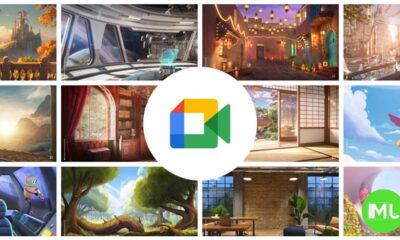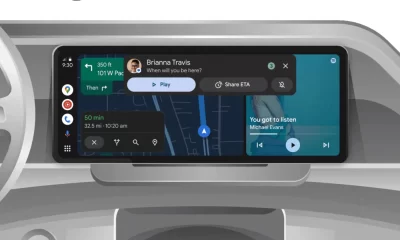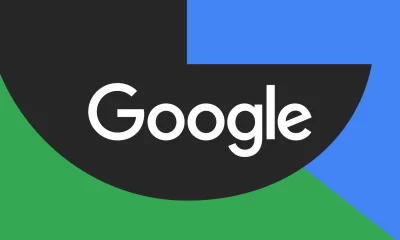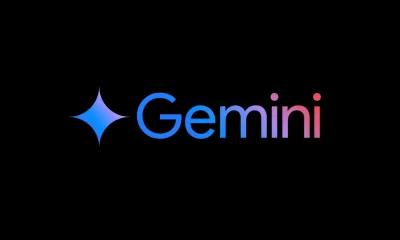Unreleased Pixel Watch 3 feature revealed in new design video
Google has released a design video showcasing its latest Pixel Watch 3, and in it, we get a glimpse of an unreleased watch face called “Concentric.” Although this face isn’t available yet, the video suggests it could be a future update, sparking excitement for Pixel Watch fans.
What is the Concentric Watchface?
The unreleased Concentric watch face looks similar to the existing “Dial I” face, but with an interesting twist. It features a ring of four complications (widgets that show quick information) positioned between the minute and second indicators on the watch. The design offers a clean and organized look, making it easy for users to check key stats at a glance.
Key Features of the Concentric Face
In the video, we can see that two of these complications show battery percentage and heart rate, both of which are common on most smartwatches. However, what makes Concentric intriguing is the other two complications. One of them appears to display the VO2 Max score, a metric for cardio fitness, which is not currently available as a complication on Pixel Watches. The last slot shows two waves along with a number, possibly representing the user’s breathing rate—something that, at present, is only tracked overnight through Health Metrics on the Pixel Watch.
Is It Just a Mockup?
Although this design is seen in the promotional video, it’s unclear if Google plans to release it or if it’s just a mockup for design purposes. So far, all other watch faces in the video, such as Active, Field, and Track, are currently available on the Pixel Watch 3, making it reasonable to hope that Concentric might eventually roll out as an update.
Will Google Release New Watch Faces?
Historically, Google hasn’t introduced new watch faces outside of major device launches, such as when the Pixel Watch or Pixel Watch 2 debuted. However, if the Concentric face gets an update, it could mark a shift in Google’s strategy, potentially adding more faces between launches to keep the software experience fresh.
As of now, both the original Pixel Watch and the Pixel Watch 2 have not received the 2024 watch face updates, leaving users eager for new features and designs.
Google Meet gets a fresh new look with Material 3 design
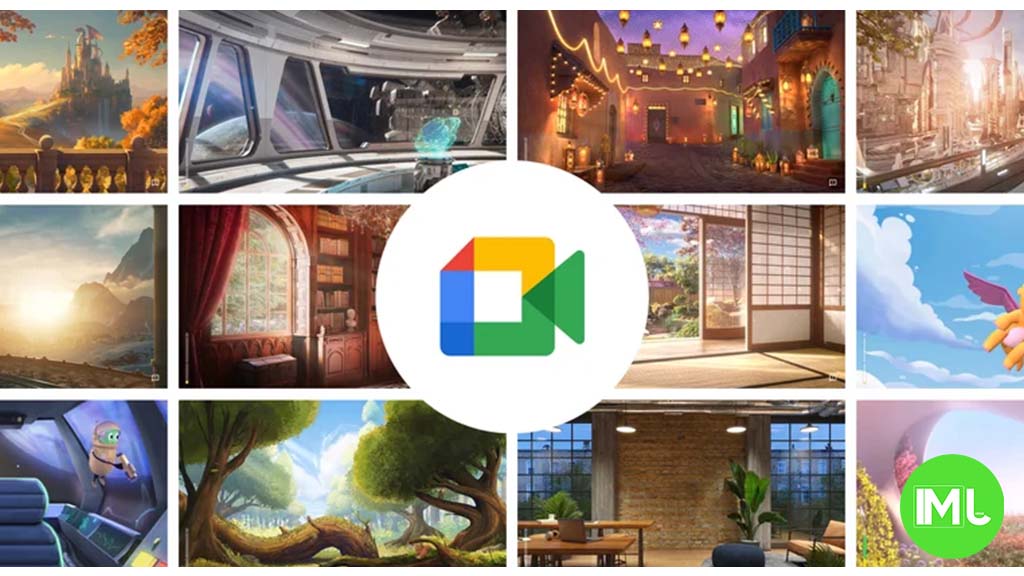
Google Meet is getting a big update to its look, thanks to the new Material 3 design. This change brings a cleaner and more modern style to the video calling app, making it easier and more enjoyable to use.
With Material 3, Google Meet now has rounder buttons, softer colors, and better spacing between elements. The main controls, like the microphone, camera, and end call buttons, are now larger and easier to tap. The icons and text are also clearer, which helps users find what they need quickly during a call.
Another improvement is the new “expressive” color system. This feature lets the app’s colors match your device’s wallpaper or theme, giving each user a unique and personalized experience. The changes also make Google Meet more accessible, as the new design is easier to read and use for everyone, including people with vision difficulties.
These updates are rolling out to both web and mobile versions of Google Meet. Google says the new look will help people feel more comfortable and focused during their meetings. Overall, the Material 3 update makes Google Meet not only look better but also work better for all its users.
Android
Easy ways to change Android Auto’s look with light and dark themes
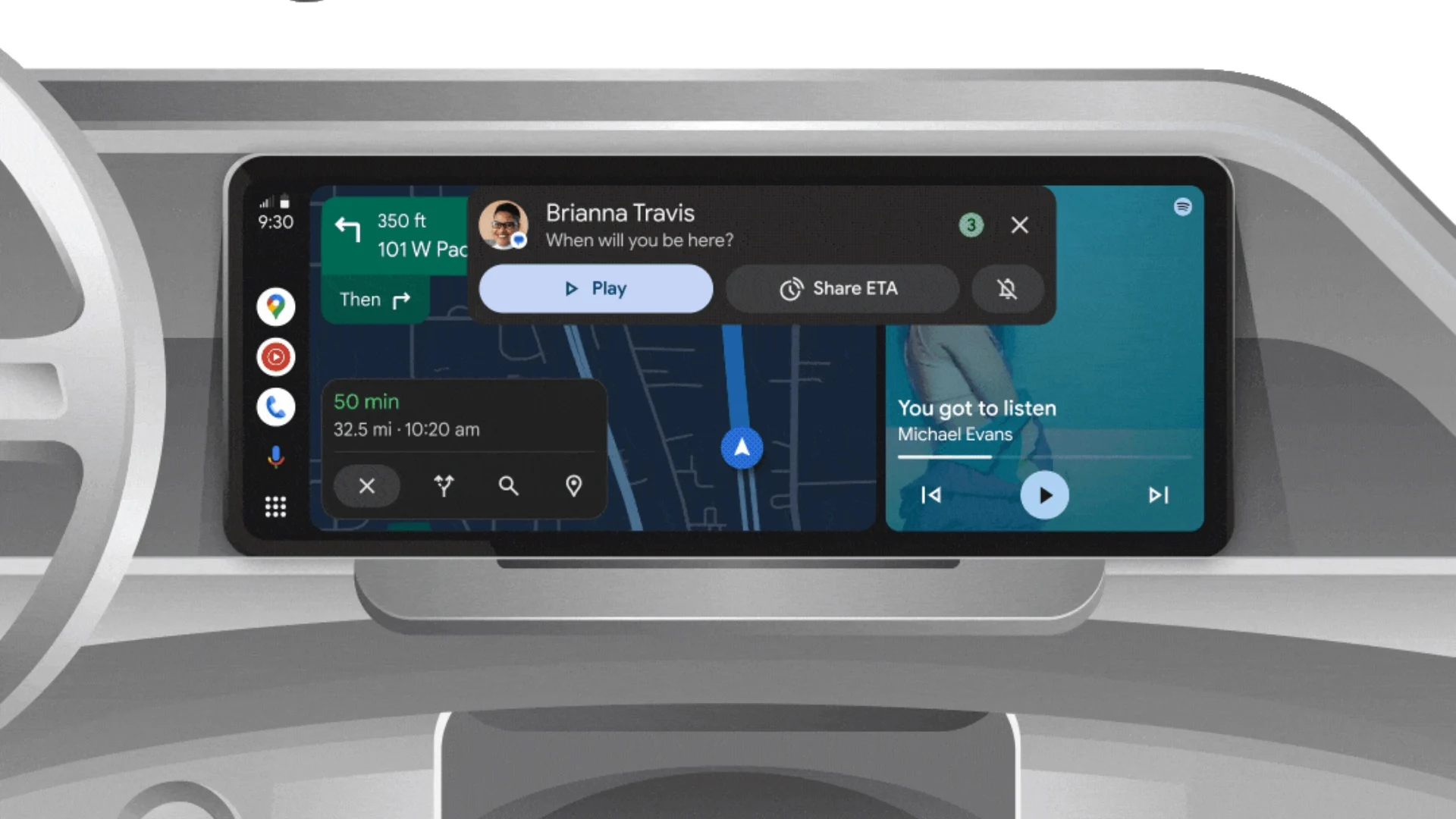
Android Auto is a helpful tool that lets you use your phone’s apps safely while driving. It connects your phone to your car’s screen, making it easier to use maps, music, and calls. One of the features many people like is the ability to change how Android Auto looks by switching between light and dark themes.
How to switch between light and dark themes
Android Auto offers two main themes: light and dark. The light theme uses brighter colors, which can make the screen easier to see during the day. The dark theme uses darker colors, which can be more comfortable for your eyes at night or in low light.
To change the theme, follow these steps:
- Open the Android Auto app on your phone.
- Go to the settings menu.
- Find the “Theme” option.
- Choose between “Light,” “Dark,” or “Set by car” (this lets your car decide the theme based on the time of day or your car’s settings).
Why themes matter
Using the right theme can make driving safer and more comfortable. The light theme is good for bright days, while the dark theme helps reduce glare at night. Having these options means you can pick what works best for you, making Android Auto easier to use in any condition.
In short, Android Auto’s theme options are simple to use and help you drive more safely by making the screen easy to see, no matter the time of day.
Google Drive and Files by Google get fresh updates for easier use
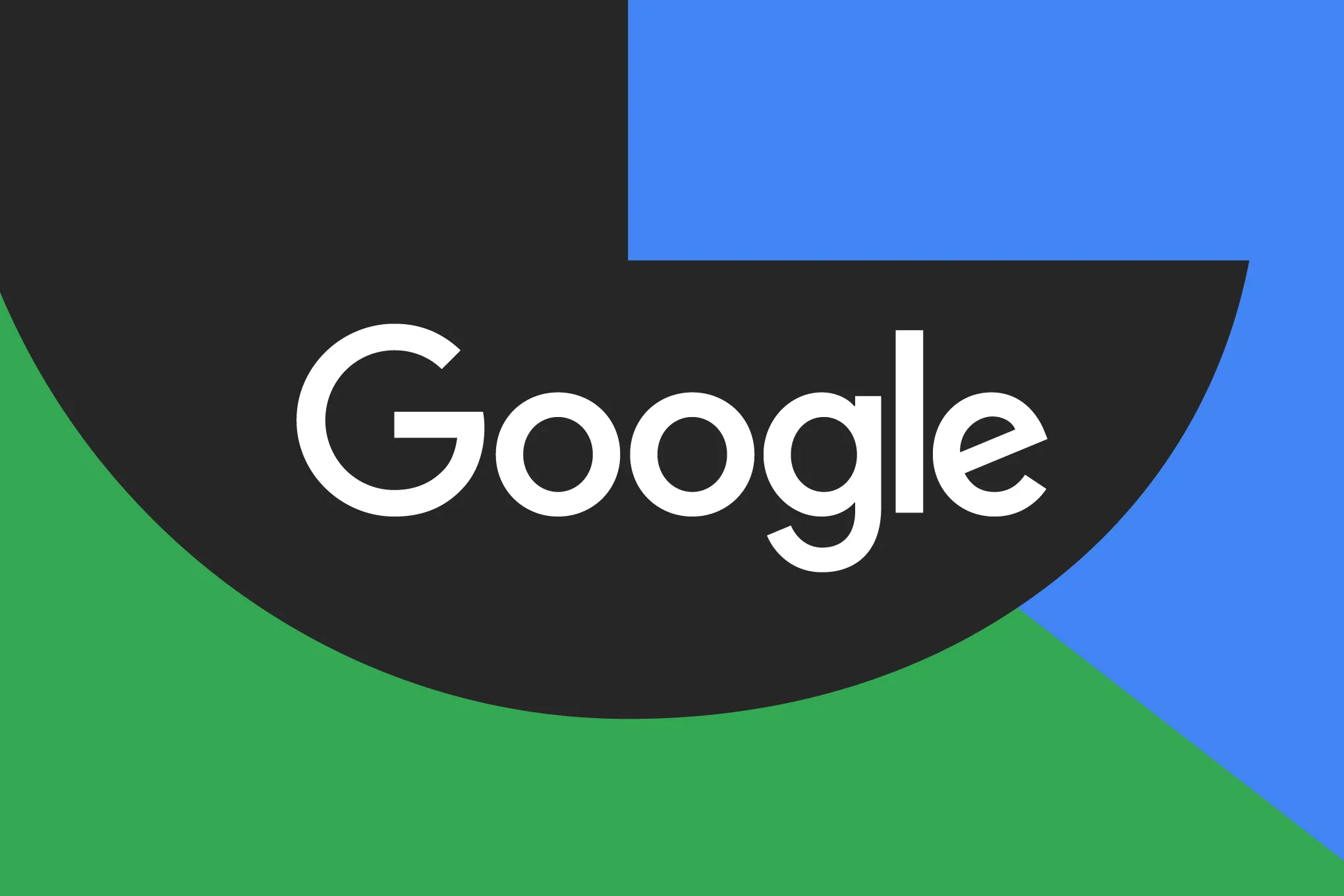
Google is rolling out some helpful updates to two of its popular apps: Google Drive and Files by Google. These changes are designed to make managing your files and watching videos much smoother.
First, Google Drive is getting a new video player. Now, when you upload a video to Drive and open it, you’ll notice a fresh look that matches Google’s latest design style. The controls, like play and pause, are easier to use and look cleaner. This update makes it simpler to watch videos directly in Drive without needing to download them first.
Meanwhile, the Files by Google app is also getting a makeover. The app is adopting Google’s Material 3 design, which means it looks brighter and more modern. The buttons and menus are easier to see and use, making it simpler to find, move, and organize your files. There are also new color options and improved icons, so everything feels more user-friendly.
Both updates show Google’s commitment to making its apps more helpful and enjoyable to use. Whether you’re watching videos in Drive or sorting files on your phone, these changes aim to save you time and make things less complicated. If you use these apps, keep an eye out for these new features—they should arrive soon!
-
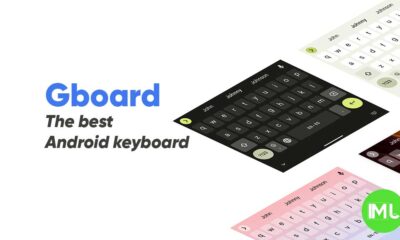
 Apps1 year ago
Apps1 year agoGboard Proofread feature will support selected text
-

 News1 year ago
News1 year agoSamsung USA crafting One UI 6.1.1
-

 Apps12 months ago
Apps12 months agoGoogle Contacts app testing new Besties Widget
-
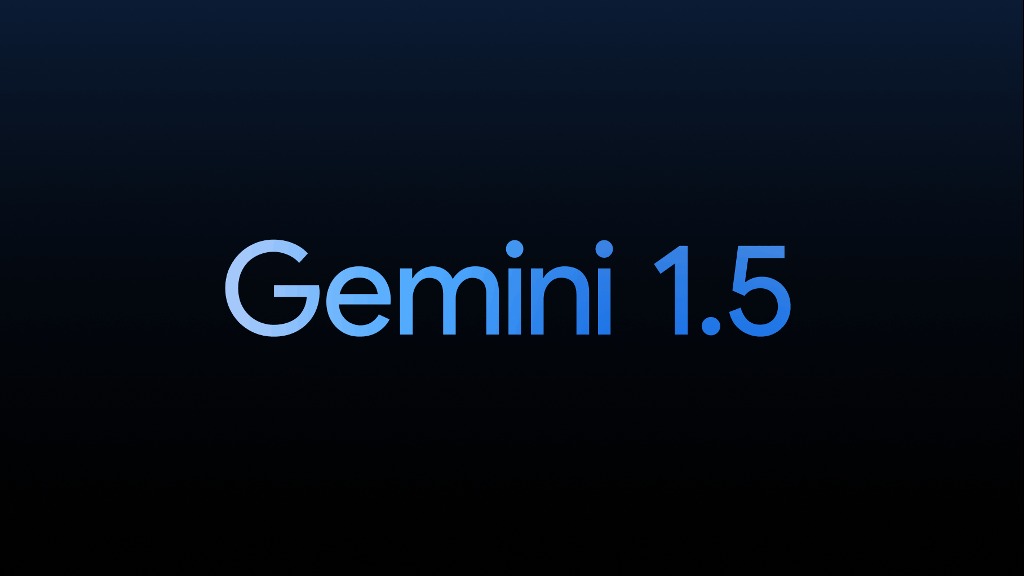
 AI12 months ago
AI12 months agoGoogle Pixel 9 Pro may come with a complimentary one-year Gemini Advanced subscription
-

 News1 year ago
News1 year agoBreaking: Samsung Galaxy S22 may get Galaxy AI features
-
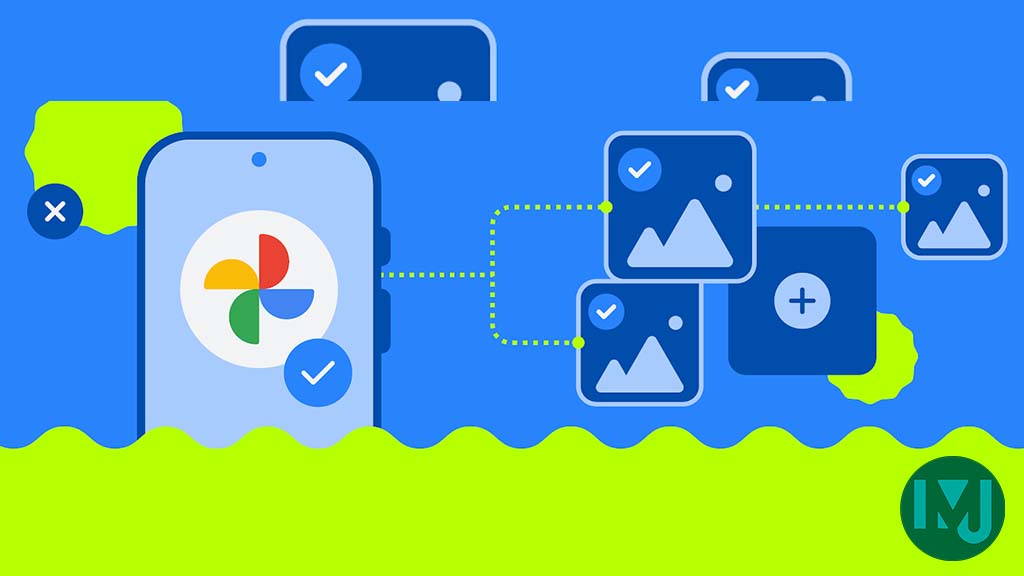
 Apps12 months ago
Apps12 months agoGoogle working on a new video editing feature for its Photo app
-
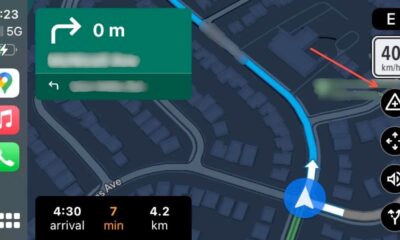
 Apps12 months ago
Apps12 months agoGoogle Maps lets you report traffic jams and accidents on Apple CarPlay, but not on Android Auto
-
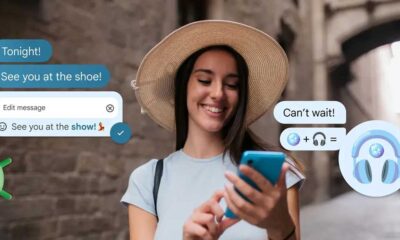
 Apps12 months ago
Apps12 months agoGoogle Messages app will transform MMS chats into RCS

